My remote, wild, freezing Macquarie Island home
Women are finally cracking the “ice ceiling” of Australia’s once all-too-blokey Antarctic stations.
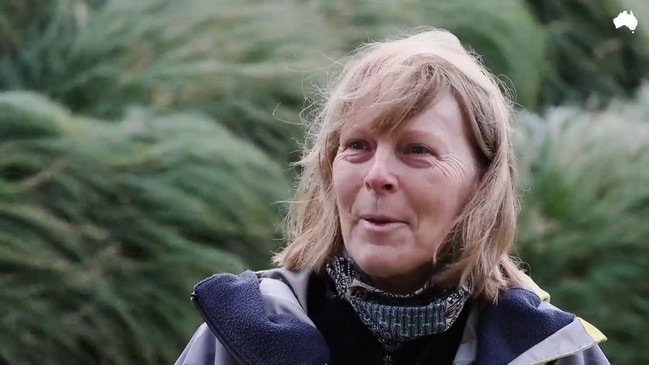
Annie Philips has her arm completely submerged in a dark hole, bracing for a painful peck, while perched on a steep hillside that drops suddenly to a rocky shore hundreds of metres below.
Despite the cold, the isolation and the discomforts, she couldn’t be happier. Searching for burrowing petrels on gale-battered sub-Antarctic Macquarie Island, halfway between her home of Tasmania and the Antarctic continent, is this wildlife veterinary ecologist’s idea of paradise.
“I love it — if you love wild places and wildlife, this is just heaven,” explains Dr Philips, wildlife ranger with Tasmania’s Parks and Wildlife Service. “You are seeing it all first-hand; up close and personal.”
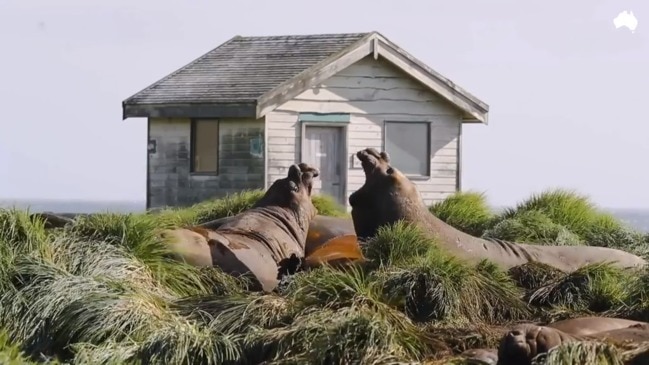
Dr Philips, finishing a five-month stint on the island, researching and monitoring albatross, penguins and petrels, is part of a growing number of women travelling south with Australia’s Antarctic program.
Women, in fact, are finally cracking the “ice ceiling” of Australia’s once all-too-blokey Antarctic stations. Female chefs, engineers, doctors, scientists and station leaders this year make up more than a quarter of expeditioners for the first time; 60 years after the first women ventured south with the program.
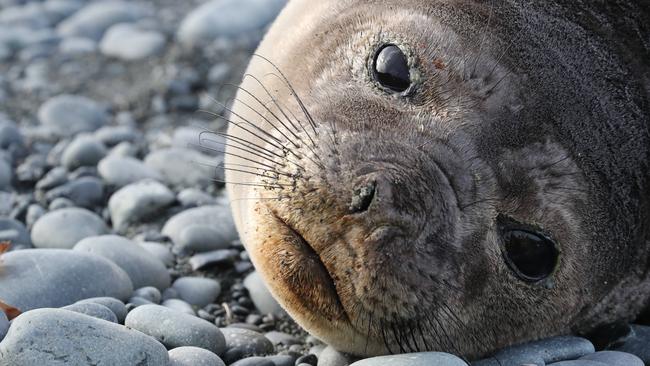
In another historic milestone, women this winter for the first time constitute half the personnel at one of Australia’s stations, on Macquarie Island.
“For me it just feels like a more normal representation of society and a more normal workplace, like we would find in the ‘real world’,” said Kat Panjari, Macquarie Island station leader.
“Diversity in station life makes it not so heavy on a bunch of young blokes, so it doesn’t feel like a mining camp. It’s a really positive progression and the way stations will be into the future.”
Ms Panjari, a Melbourne-based project and team leader when not expeditioning, said her main task was to unite disparate expeditioners into a team. “You need to provide that overall leadership for the morale of the community,” she said. “There’s an element of pastoral care and psychological wellbeing.”
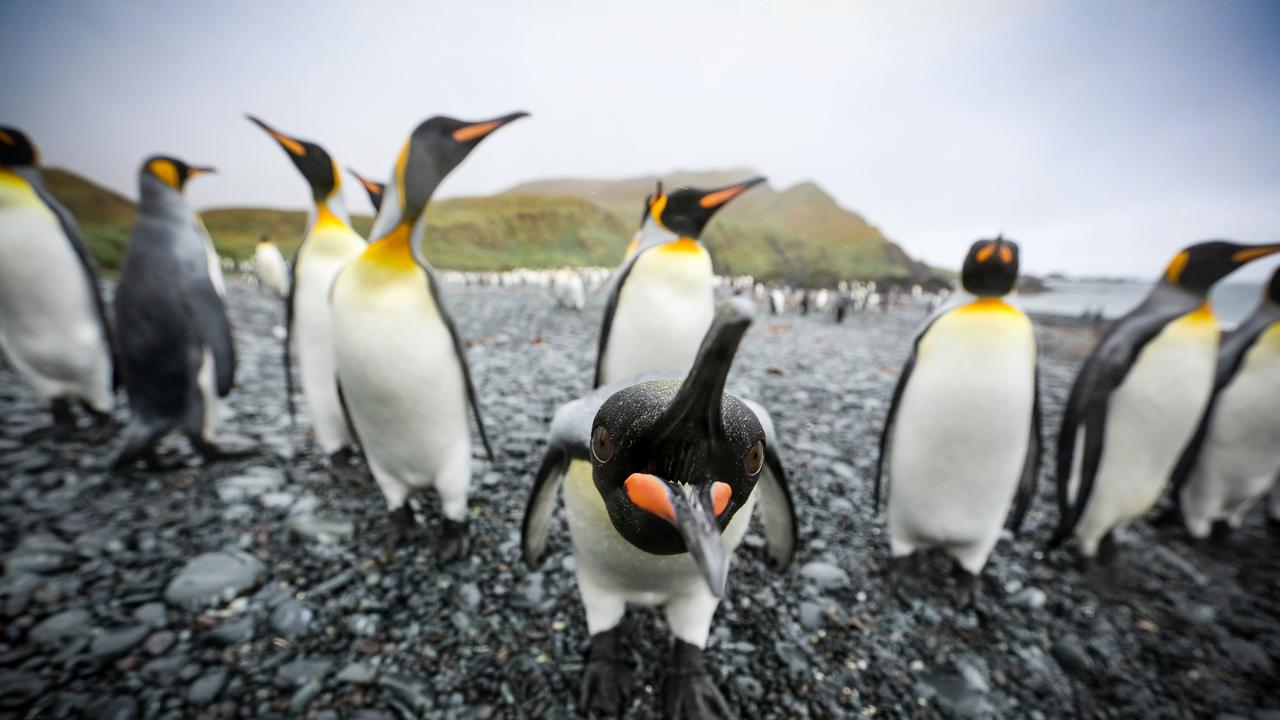
This winter’s chef, Kerryn Oates, must oversee the provision of three healthy, hearty meals a day to 14 expeditioners, with no new provisions arriving between resupply ship visits, typically in March and November. Meals are a time of company and comfort for people a long way from home, elevating the role of chef and the need to be a crowd-pleaser.
“It’s your kitchen, but you always remember it’s their home, too,” said Ms Oates, a South Australian who has worked at several Antarctic stations. “The controller of the bacon is always popular.”
Station doctor Kate Kloza, of South Australia, enjoyed the broad nature of the work forced by circumstance, such as doing some of her own pathology testing, and getting to know a small group of patients so well. “I enjoy the challenge of being on your own,” she said. “Ultimately, when things are happening, it’s your responsibility: your hands, your decision-making, your skills.”
The latest data shows women make up 26 per cent of expeditioners in 2018-19; the highest proportion ever, steadily up from 21 per cent in 2013-14.
Jobs in Antarctica: https://jobs.antarctica.gov.au/jobs-in-antarctica/.


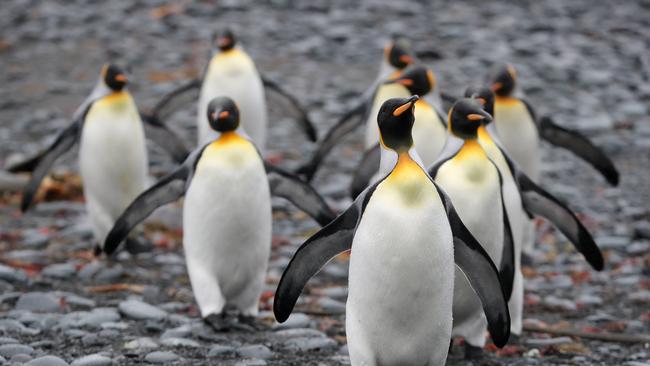

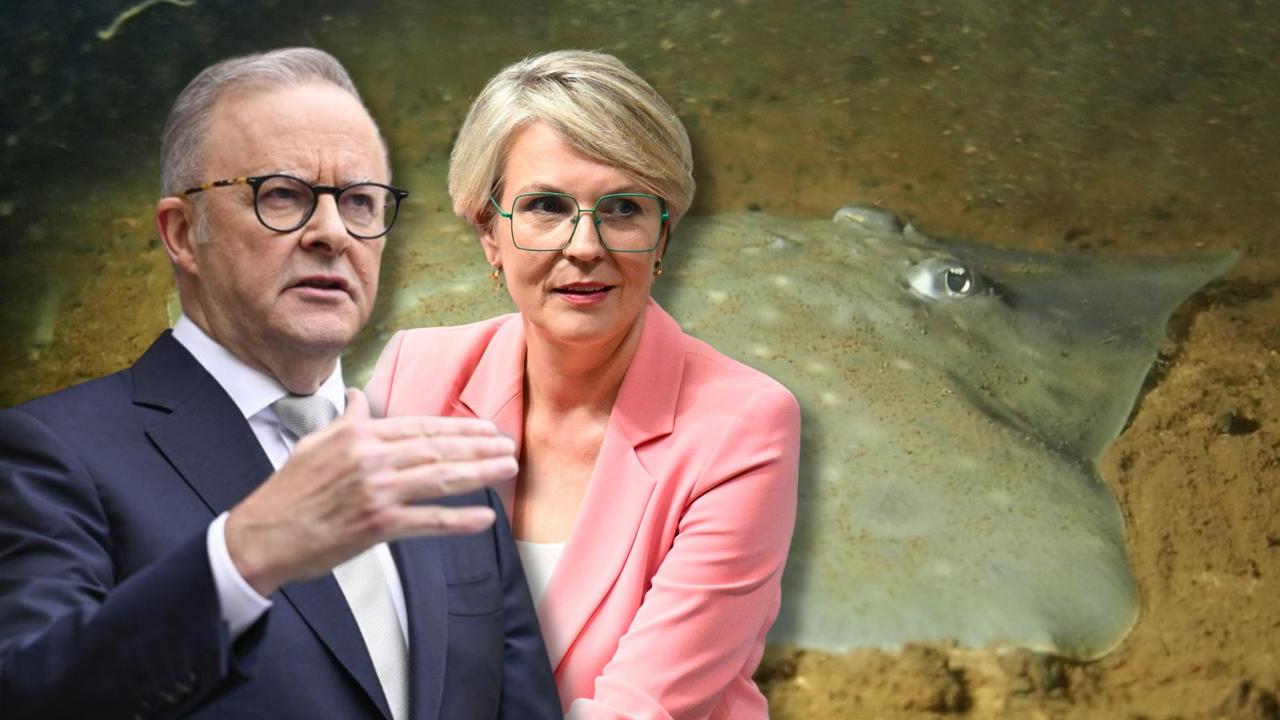
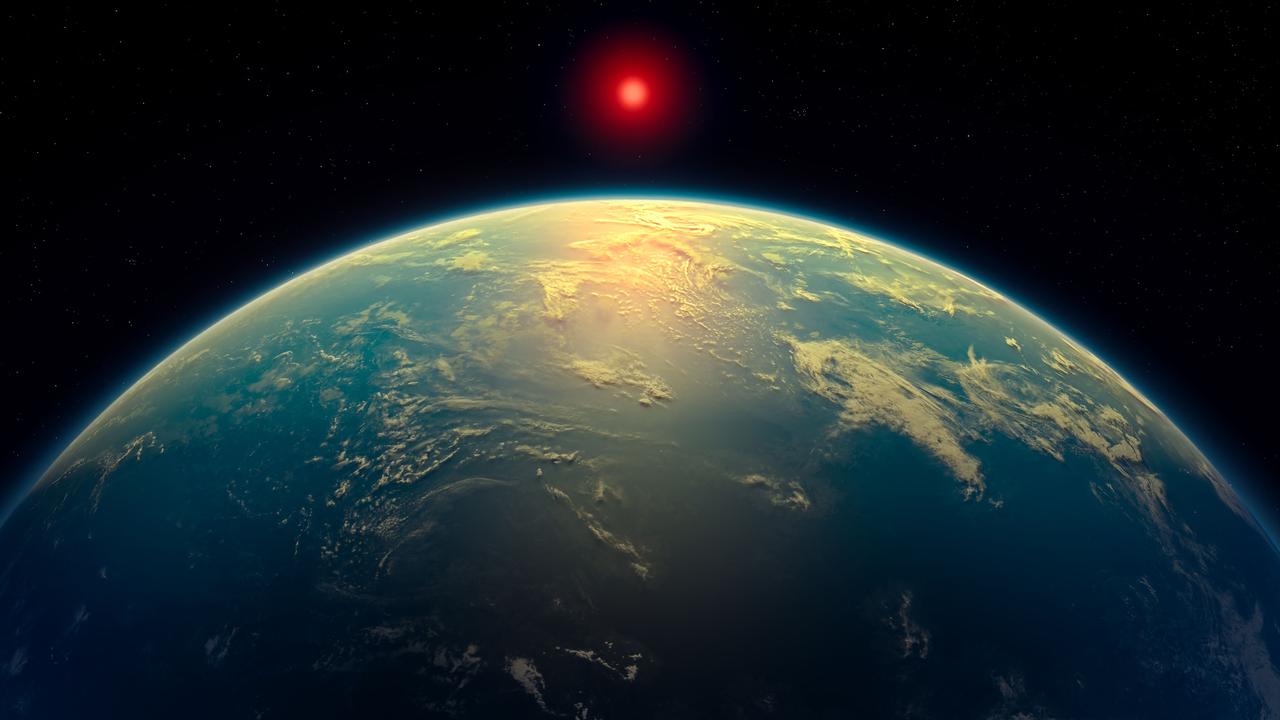
To join the conversation, please log in. Don't have an account? Register
Join the conversation, you are commenting as Logout